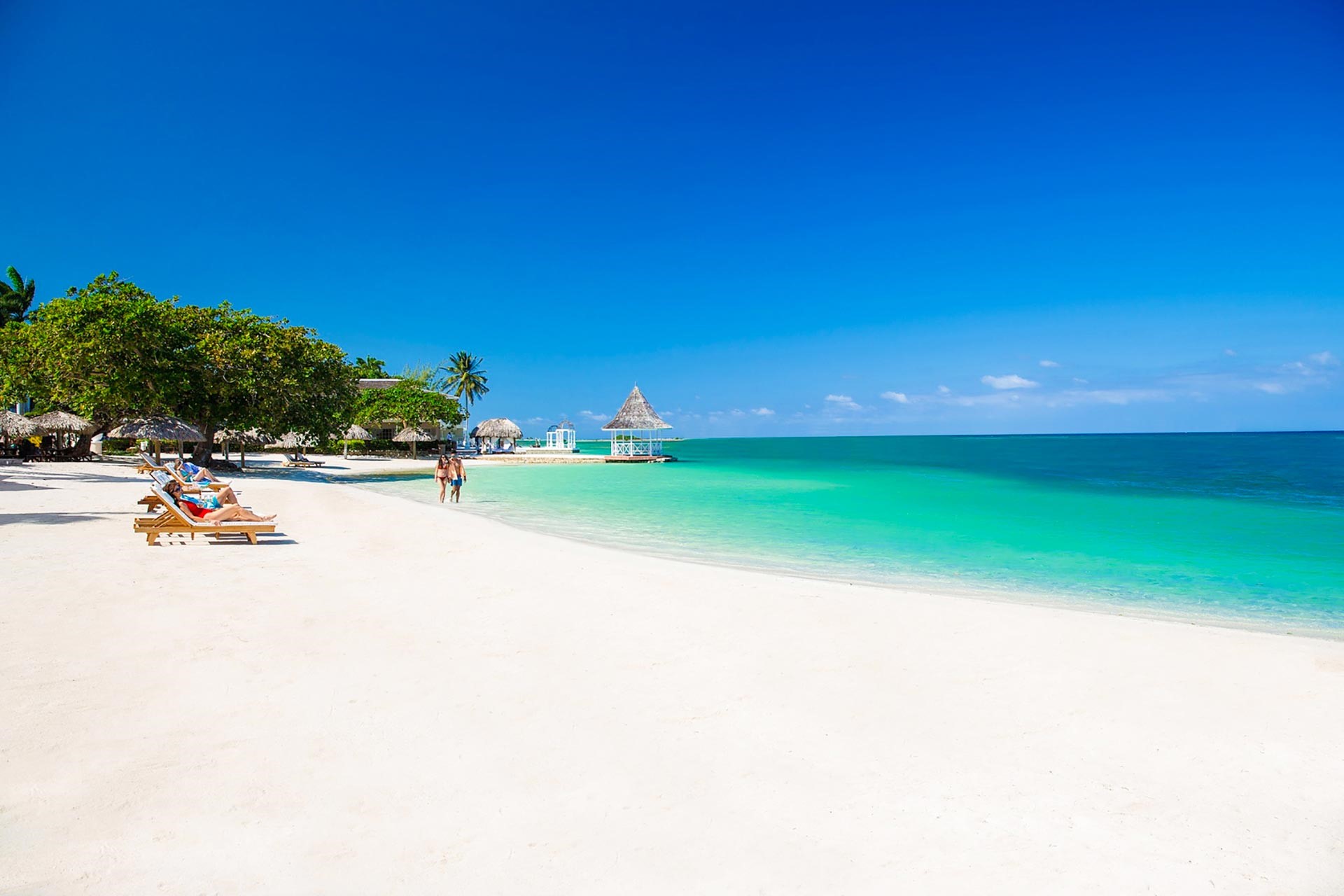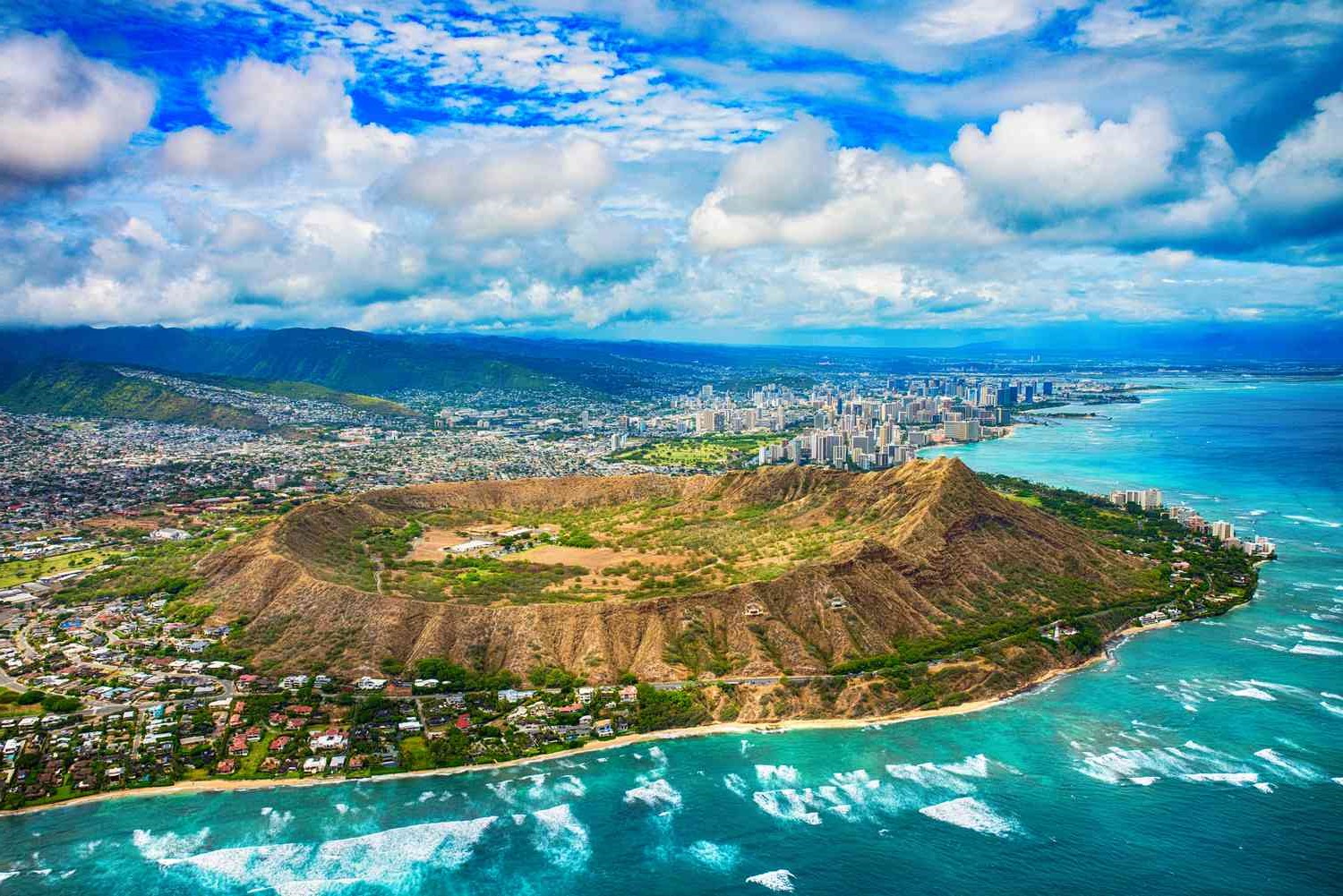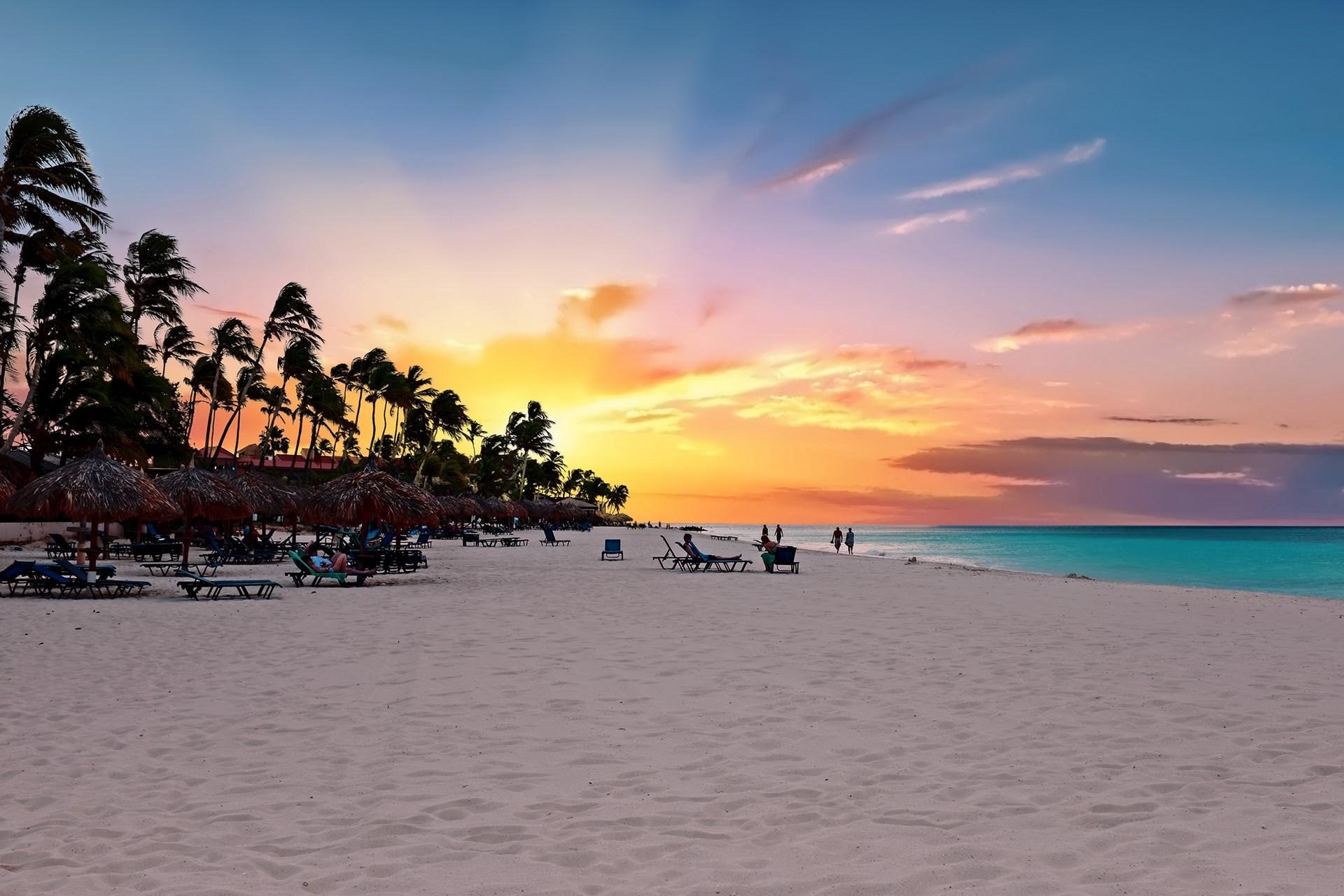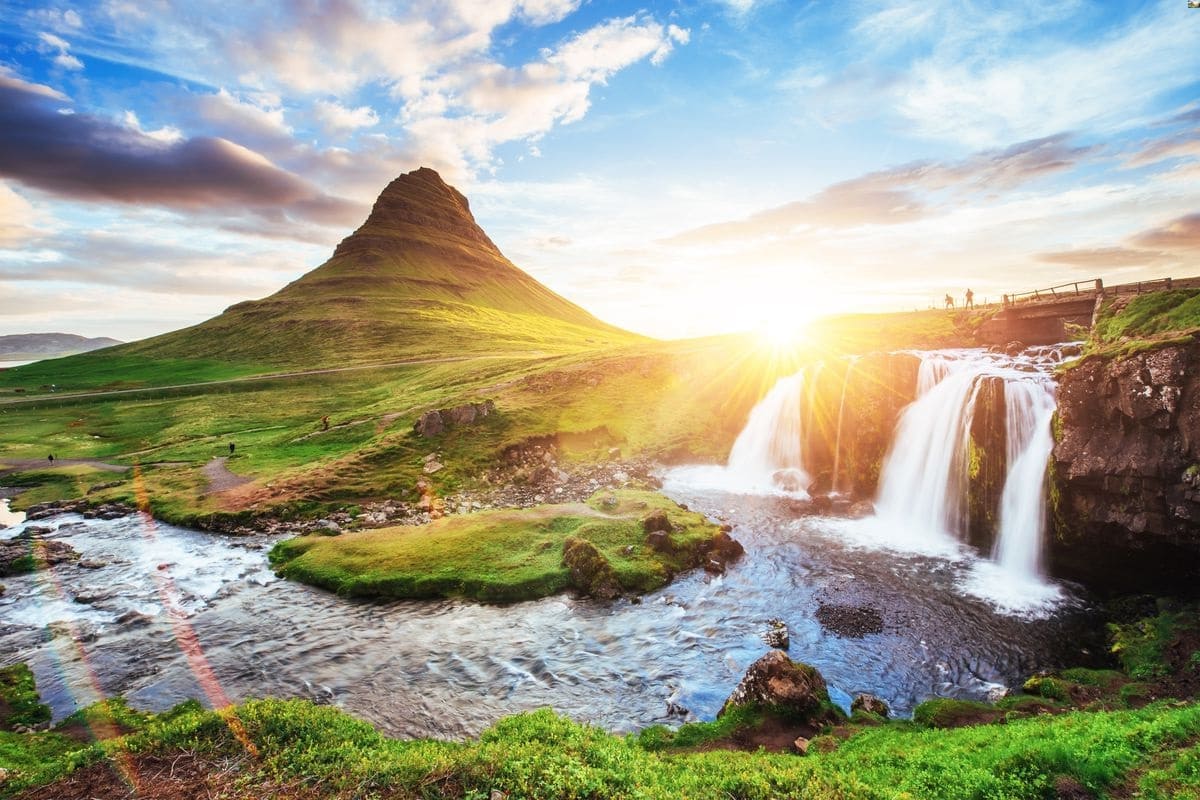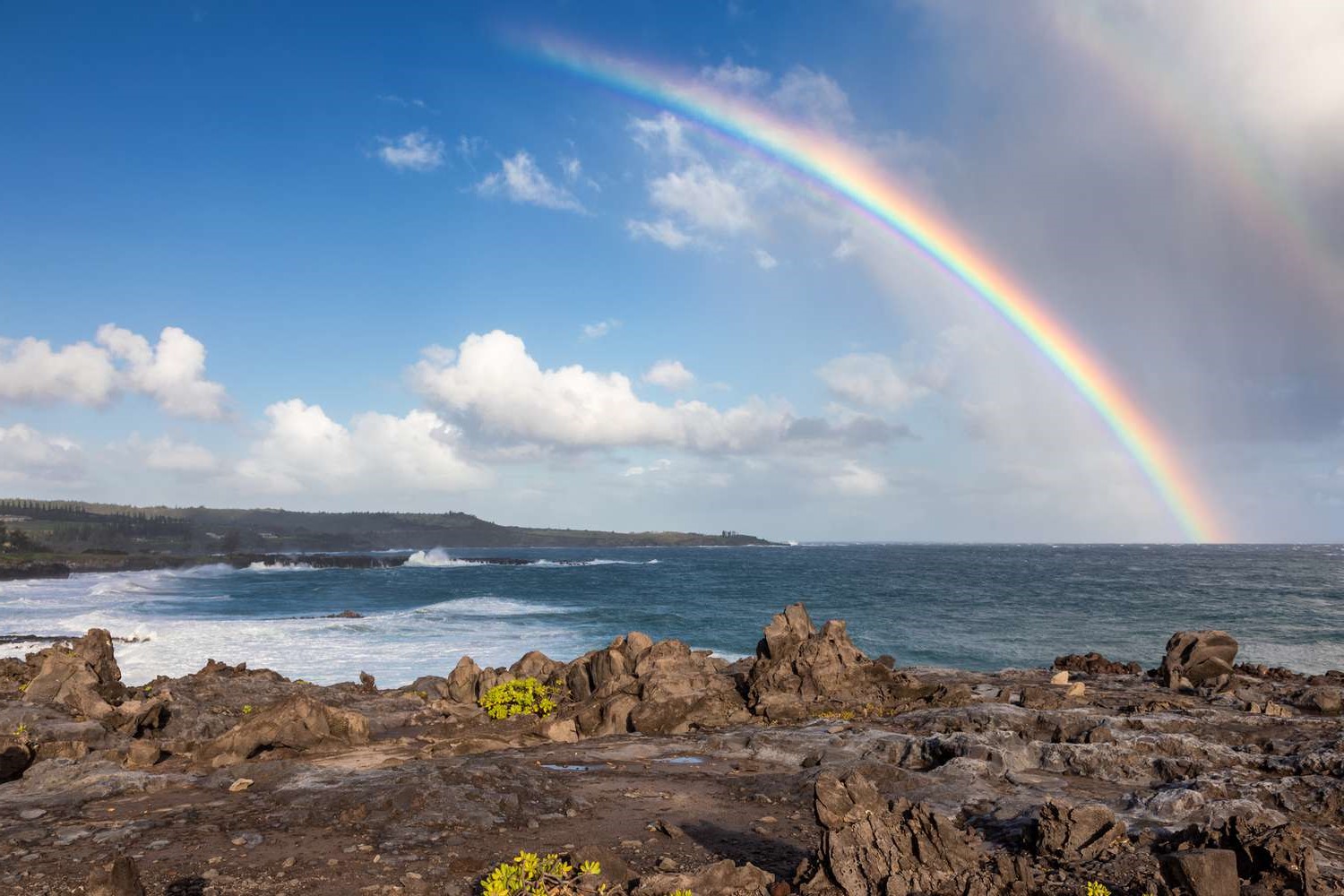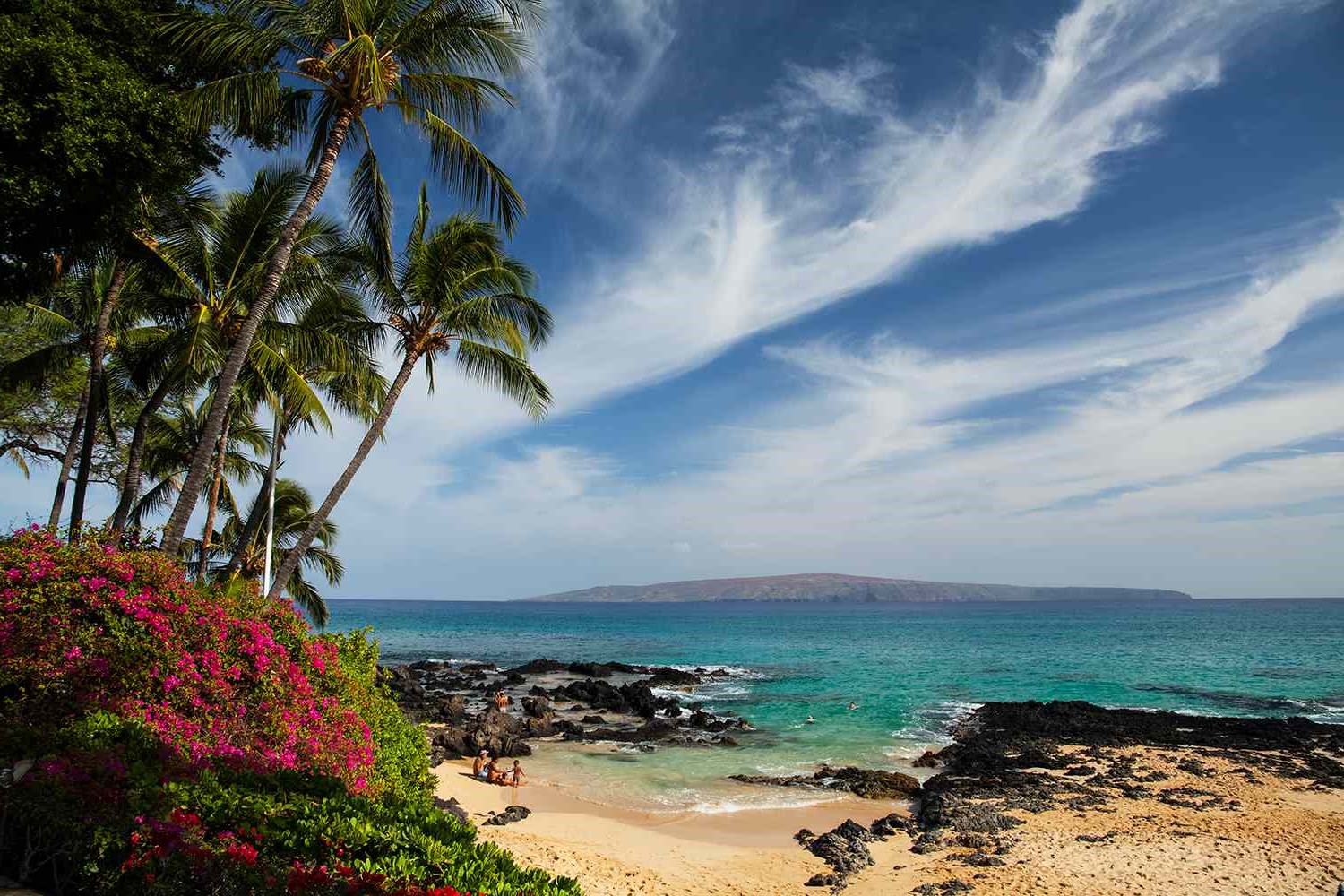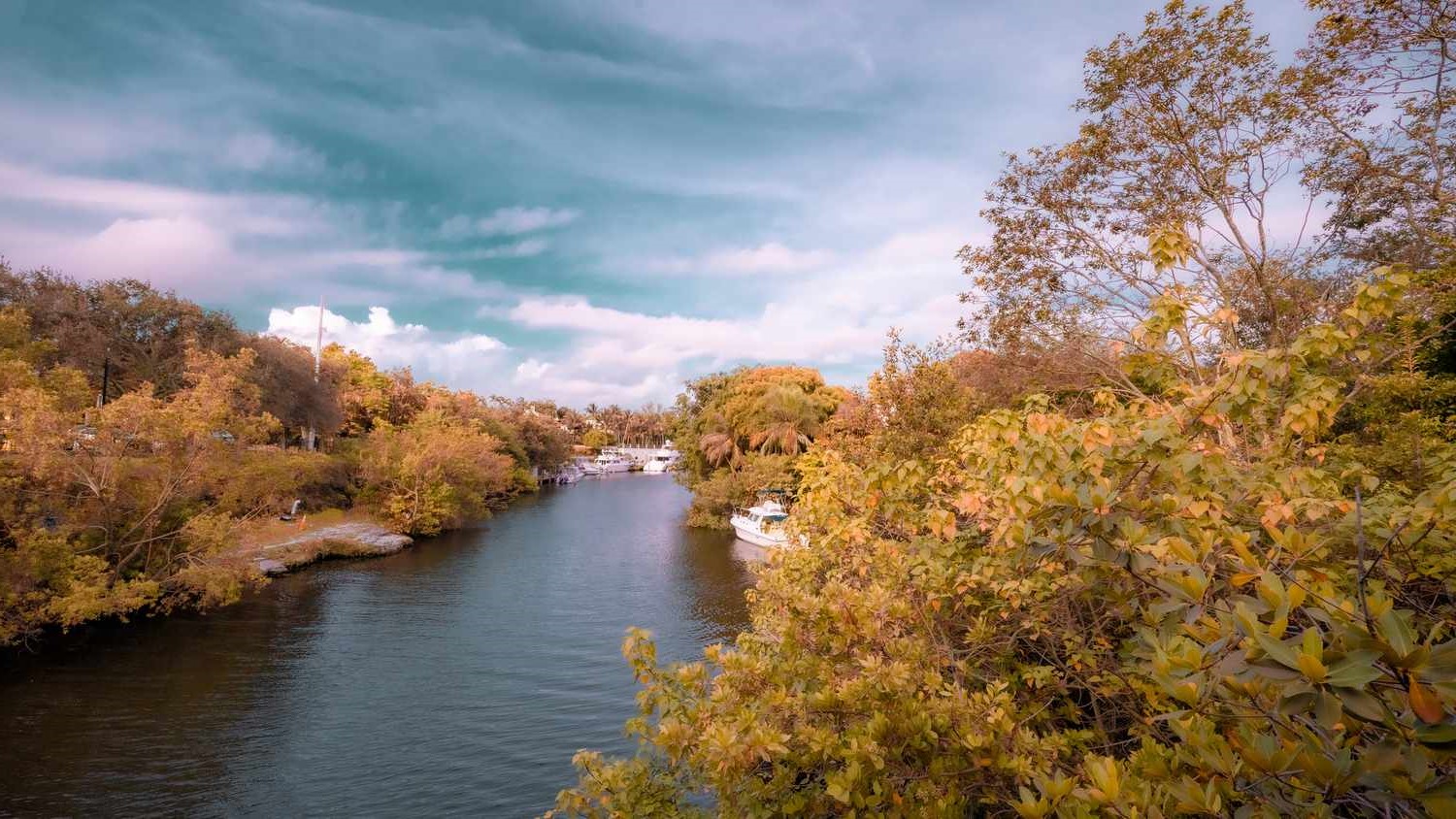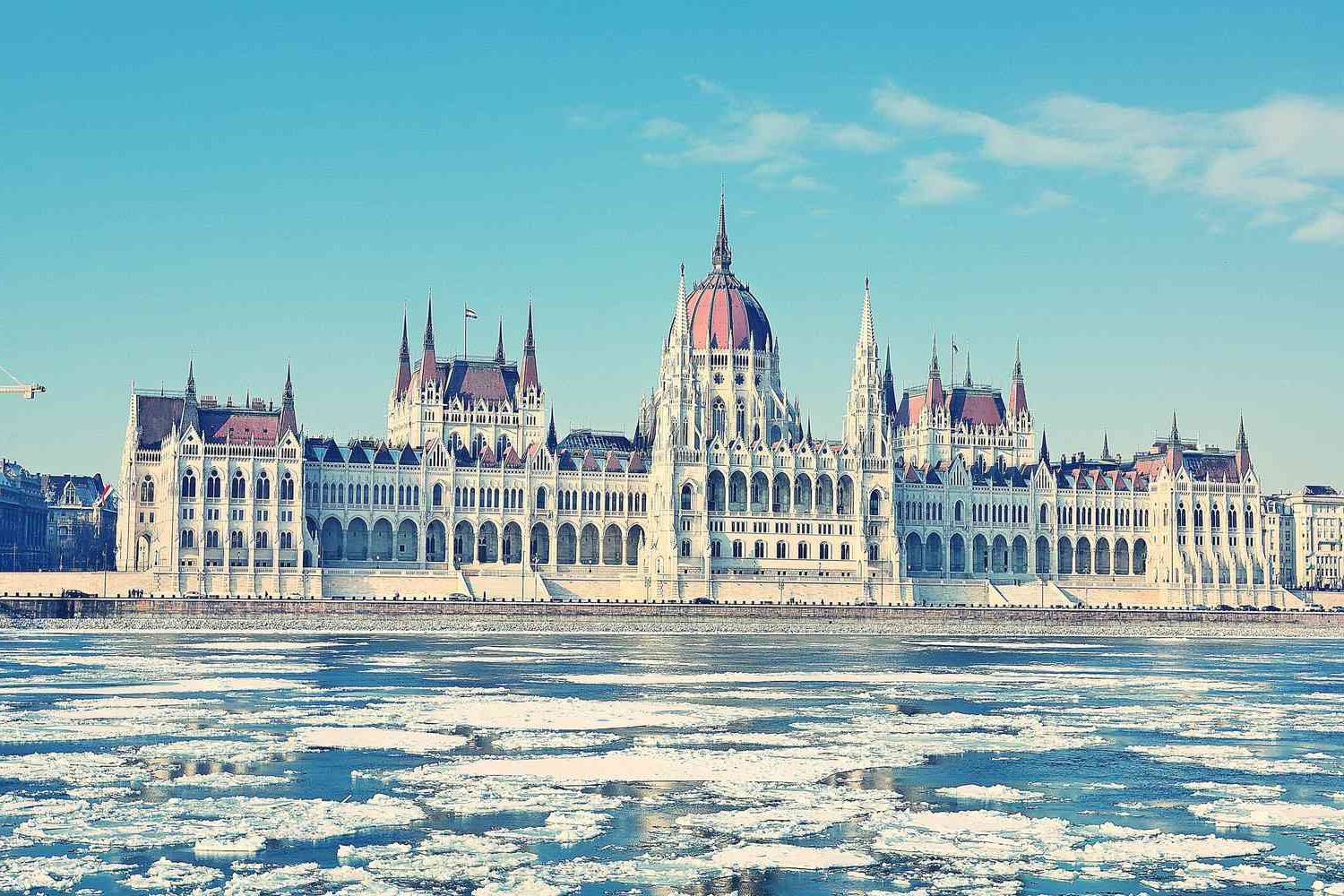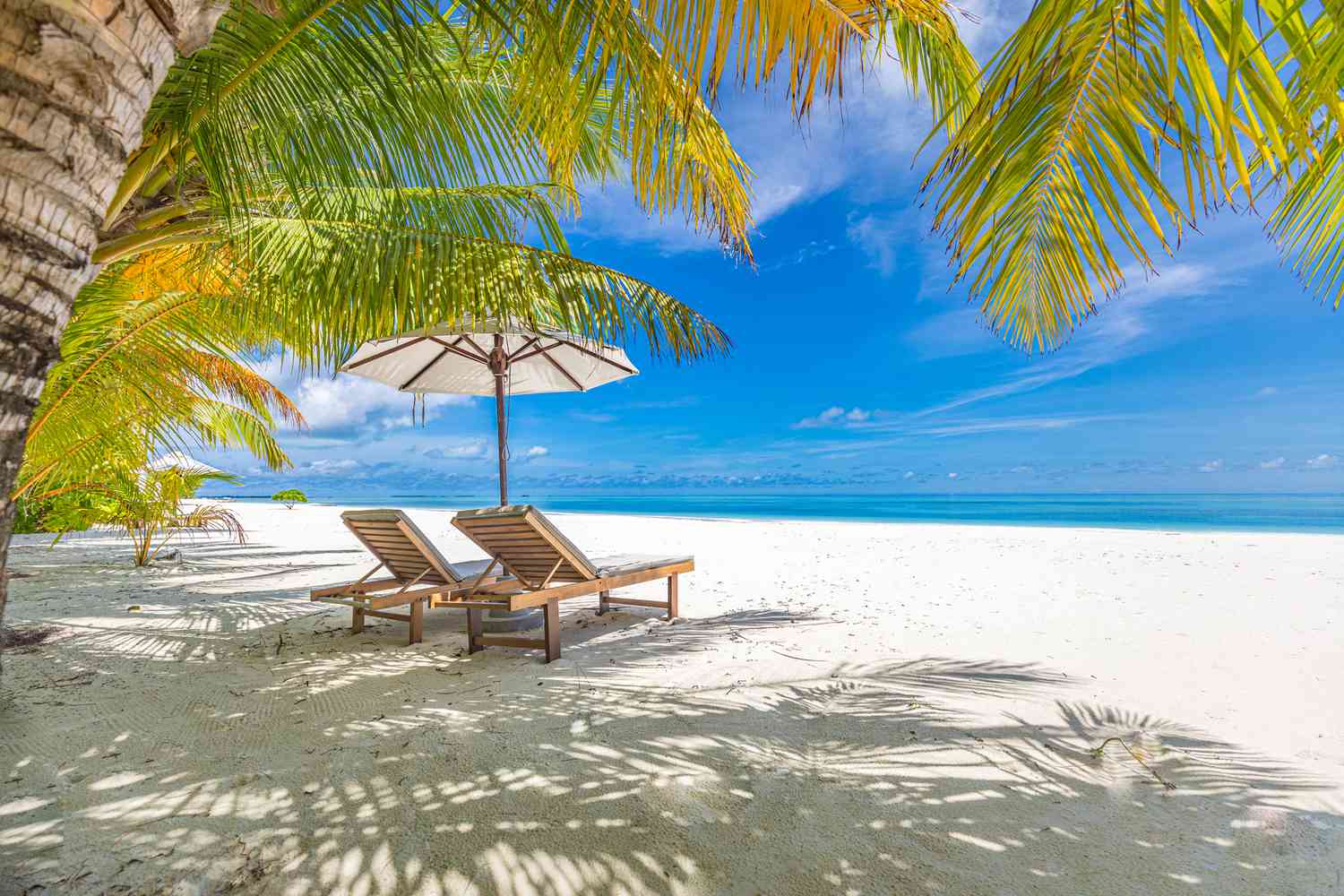Home>Weather and Climate>July Weather In Australia: What To Expect
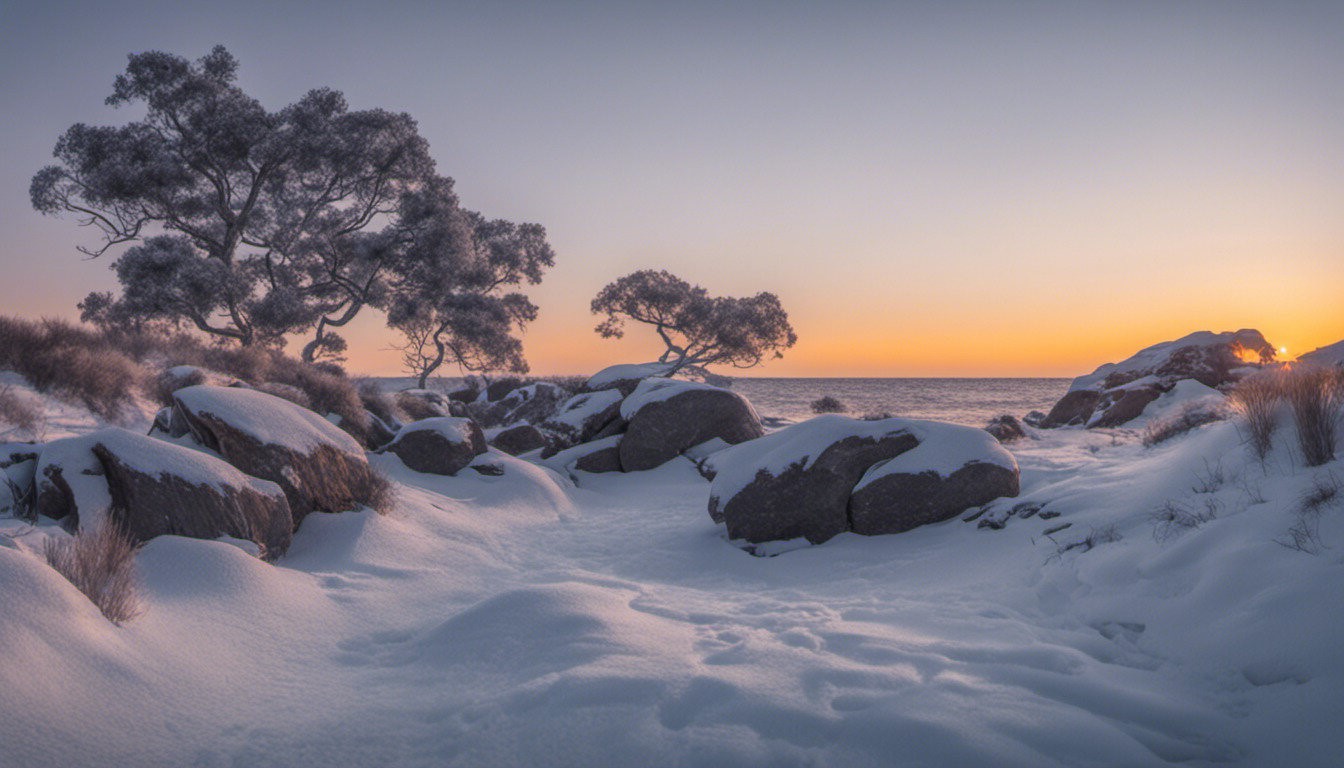

Weather and Climate
July Weather In Australia: What To Expect
Published: March 5, 2024
Discover the diverse weather and climate patterns in Australia during July. Learn what to expect and how to prepare for your trip. Explore the unique weather conditions across the continent.
(Many of the links in this article redirect to a specific reviewed product. Your purchase of these products through affiliate links helps to generate commission for Temperatures.com, at no extra cost. Learn more)
Table of Contents
Overview of July Weather
July marks the heart of winter in Australia, bringing a diverse range of weather conditions across the continent. As the southern hemisphere experiences its coldest month, Australia showcases a fascinating contrast in climate from north to south. From the tropical regions of the north to the temperate climates of the south, July weather in Australia offers a captivating blend of temperatures, rainfall, and wind patterns.
In the northern regions, such as Darwin and Cairns, July presents a delightful escape from the sweltering heat of the preceding months. With average temperatures ranging from 20°C to 30°C (68°F to 86°F), these areas offer a pleasant respite for travelers seeking warmth during the winter months. However, it's essential to be prepared for sporadic rainfall, as the tropical climate can bring sudden showers and high humidity.
Conversely, the southern regions, including Sydney, Melbourne, and Adelaide, experience cooler temperatures during July. With average temperatures ranging from 8°C to 16°C (46°F to 61°F), these cities embrace the winter chill, creating a picturesque ambiance for visitors. The crisp air and occasional rainfall contribute to a cozy atmosphere, perfect for exploring the urban landscapes and enjoying cultural events.
In the central regions, such as Alice Springs and Uluru, July offers a unique blend of warm days and cool nights. The days are characterized by clear blue skies and moderate temperatures, typically ranging from 15°C to 22°C (59°F to 72°F). However, as the sun sets, the desert climate brings a rapid drop in temperatures, creating a stark contrast between day and night.
Overall, July weather in Australia presents a captivating tapestry of climates, catering to a wide array of preferences. Whether seeking tropical warmth, embracing the winter chill, or experiencing the unique desert climate, Australia in July offers a diverse and enriching journey through its varied weather patterns.
Temperature Trends
July in Australia brings a fascinating array of temperature trends, reflecting the diverse climates that span the continent. From the tropical north to the temperate south and the arid central regions, the temperature variations offer a captivating insight into the country's winter landscape.
In the northern regions, such as Darwin and Cairns, July heralds a welcome relief from the scorching heat of the preceding months. The average temperatures in these tropical havens range from 20°C to 30°C (68°F to 86°F), providing a delightful escape for travelers seeking warmth during the winter season. The balmy conditions create an inviting atmosphere for outdoor activities, from exploring lush rainforests to basking in the sun-kissed beaches. However, it's important to be prepared for sporadic rainfall, as the tropical climate can bring sudden showers and high humidity, adding a refreshing touch to the overall experience.
Conversely, the southern regions, including Sydney, Melbourne, and Adelaide, embrace the winter chill with average temperatures ranging from 8°C to 16°C (46°F to 61°F). The cooler climate sets the stage for a cozy ambiance, inviting visitors to immerse themselves in the urban charm of these cities. The occasional rainfall adds a touch of romance to the streets, creating a picturesque setting for exploring cultural landmarks and savoring warm beverages in charming cafes. The crisp air and cooler temperatures offer a unique perspective on the Australian winter, inviting travelers to embrace the seasonal change with open arms.
In the central regions, such as Alice Springs and Uluru, July presents a distinctive blend of warm days and cool nights. The days are characterized by clear blue skies and moderate temperatures, typically ranging from 15°C to 22°C (59°F to 72°F). This creates an ideal environment for outdoor adventures, from hiking through rugged landscapes to marveling at the iconic rock formations. However, as the sun sets, the desert climate brings a rapid drop in temperatures, offering a stark contrast between the warmth of the day and the coolness of the night. This unique transition provides a captivating insight into the desert's dynamic nature, inviting travelers to witness the captivating interplay of temperature shifts.
Overall, the temperature trends in Australia during July offer a captivating journey through contrasting climates, allowing travelers to embrace the nuances of winter across the continent. Whether reveling in tropical warmth, savoring the winter chill, or experiencing the desert's unique climate, July presents a rich tapestry of temperature variations that cater to a diverse range of preferences.
Rainfall Patterns
In July, Australia experiences a diverse range of rainfall patterns, reflecting the country's varied climates and geographical features. From the lush tropics to the arid outback, the precipitation trends in different regions offer a captivating insight into the country's winter landscape.
In the northern regions, such as Darwin and Cairns, July brings a transition from the wet season to the dry season, resulting in a decrease in overall rainfall. However, sporadic showers and tropical downpours can still occur, adding a refreshing touch to the balmy atmosphere. The tropical climate creates an enchanting contrast between sunny spells and sudden bursts of rain, contributing to the region's lush greenery and vibrant ecosystems. Travelers can witness the captivating dance of rain and sunshine, immersing themselves in the tropical ambiance while being enchanted by the occasional rainfall that adds a touch of drama to the landscape.
Conversely, the southern regions, including Sydney, Melbourne, and Adelaide, experience moderate rainfall during July. The coastal areas often receive light to moderate showers, contributing to the region's verdant landscapes and nourishing the surrounding flora. The intermittent rainfall adds a poetic charm to the urban settings, creating glistening streets and a refreshing ambiance for outdoor exploration. The gentle patter of rain becomes a companion to travelers, offering moments of tranquility amidst the bustling cityscapes and enhancing the overall sensory experience.
In the central regions, such as Alice Springs and Uluru, July showcases minimal rainfall, characteristic of the arid desert climate. The vast expanses of red earth and rugged terrain are often untouched by rain during this time, creating a striking contrast to the more verdant regions of the country. The arid landscape presents a raw and untamed beauty, unaffected by the gentle touch of rainfall. Travelers can witness the resilience of the desert ecosystem, marveling at the stark beauty shaped by the absence of significant precipitation.
Overall, the rainfall patterns in Australia during July offer a captivating portrayal of the country's climatic diversity. From the tropical north with its sporadic downpours to the temperate south with its gentle showers and the arid central regions with minimal rainfall, July presents a nuanced perspective on the role of precipitation in shaping the country's landscapes. Whether experiencing the tropical rainforests, strolling through urban rain-kissed streets, or marveling at the desert's arid grandeur, travelers can immerse themselves in the captivating interplay of rainfall and its impact on Australia's natural tapestry.
Wind Conditions
In July, Australia experiences a diverse range of wind conditions, influenced by the country's varied geographical features and climatic zones. From the coastal regions to the inland expanses, the wind patterns offer a captivating insight into the atmospheric dynamics shaping the winter landscape.
In the northern coastal areas, such as Darwin and Cairns, July brings gentle sea breezes that provide a refreshing respite from the tropical warmth. The coastal winds carry a hint of salt and moisture, creating a soothing sensation for beachgoers and outdoor enthusiasts. These gentle breezes contribute to the relaxed ambiance of the tropical paradises, offering a natural cooling effect amidst the balmy temperatures. The rhythmic sway of palm trees and the whisper of coastal winds create a tranquil atmosphere, inviting travelers to embrace the coastal charm while being caressed by the gentle maritime breezes.
Conversely, the southern coastal regions, including Sydney, Melbourne, and Adelaide, experience varied wind patterns during July. The coastal areas are often influenced by westerly winds, bringing a mix of cool air and occasional gusts. These winds contribute to the dynamic weather conditions, adding a touch of invigoration to the urban landscapes. The interplay of westerly breezes and coastal elements creates a captivating synergy, shaping the atmospheric character of these cities. Whether strolling along waterfront promenades or admiring coastal vistas, travelers can experience the ever-changing nature of the coastal winds, adding a sense of vitality to their explorations.
In the central regions, such as Alice Springs and Uluru, July showcases unique wind dynamics shaped by the desert landscape. The inland areas experience gentle to moderate breezes, often carrying the essence of the arid terrain. These winds create a sense of tranquility amidst the vast expanses of the outback, offering a subtle yet profound connection to the ancient land. The whispering desert winds become a companion to travelers, carrying tales of resilience and timelessness as they traverse the rugged beauty of the interior regions.
Overall, the wind conditions in Australia during July offer a captivating glimpse into the atmospheric symphony that shapes the country's diverse landscapes. Whether embracing the coastal breezes, experiencing the invigorating westerly winds, or being captivated by the tranquil desert whispers, travelers can immerse themselves in the ever-changing embrace of the winds, adding a sense of wonder and connection to their Australian winter journey.
Typical Activities and Events
In July, Australia offers a rich tapestry of activities and events that cater to a diverse range of interests, inviting travelers to immerse themselves in the unique winter experiences across the continent. From cultural celebrations to outdoor adventures, the array of offerings reflects the vibrant spirit of Australia during this captivating season.
In the northern regions, such as Darwin and Cairns, July presents an ideal opportunity to explore the tropical wonders that define these coastal paradises. From snorkeling in the Great Barrier Reef to embarking on wildlife cruises along the pristine waterways, travelers can indulge in a myriad of aquatic adventures. The vibrant marine life and lush rainforests create a captivating backdrop for exploration, offering a glimpse into the ecological marvels of the tropics. Additionally, the region hosts the Darwin Festival, a vibrant celebration of arts, music, and culture, providing a delightful immersion into the creative pulse of the north.
Conversely, the southern cities, including Sydney, Melbourne, and Adelaide, come alive with a diverse array of cultural events and winter festivities. From art exhibitions and theater performances to winter markets and food festivals, these urban hubs offer a rich tapestry of cultural experiences. Travelers can savor the warmth of cozy cafes, explore world-class museums, and attend captivating performances, embracing the cultural vibrancy that defines these cosmopolitan centers. Additionally, the winter months mark the season for whale watching along the southern coast, providing a thrilling opportunity to witness the majestic migration of these marine giants.
In the central regions, such as Alice Springs and Uluru, July beckons adventurers to explore the rugged beauty of the outback. From guided treks through ancient landscapes to stargazing experiences under the expansive desert skies, travelers can immerse themselves in the raw grandeur of the interior regions. The iconic Uluru, standing as a timeless sentinel, offers a mesmerizing backdrop for cultural experiences, inviting visitors to delve into the rich indigenous heritage of the land.
Overall, July in Australia presents a captivating array of activities and events, inviting travelers to embrace the diverse offerings that define the winter season. Whether reveling in tropical adventures, immersing in urban cultural delights, or exploring the untamed beauty of the outback, the typical activities and events in Australia during July offer a rich tapestry of experiences, ensuring a memorable and enriching journey for all who seek to explore the wonders of the continent during the winter months.
Read more: Understanding Australia’s Summer Climate
Packing Tips for July Travel
Packing for a trip to Australia in July requires thoughtful consideration of the diverse weather conditions across the continent. Whether exploring the tropical north, embracing the winter chill in the south, or venturing into the arid interior, travelers can optimize their packing strategy to ensure comfort and preparedness for the varied climates.
Layered Clothing
Given the fluctuating temperatures in different regions, packing a versatile wardrobe is essential. For the northern areas, lightweight and breathable clothing, such as cotton shirts and shorts, are ideal for daytime excursions. However, it's crucial to include long-sleeved shirts and lightweight pants to combat potential mosquito exposure and for cooler evenings. In the southern cities, including Sydney and Melbourne, a mix of sweaters, jackets, and scarves will provide warmth during the cooler days and evenings. Additionally, packing waterproof outer layers will be beneficial, especially for coastal areas that may experience light to moderate rainfall.
Footwear
Selecting appropriate footwear is vital for traversing diverse terrains. For tropical regions, comfortable walking shoes or sandals are suitable for exploring beaches and rainforests. In contrast, sturdy and waterproof footwear is recommended for urban exploration in the south and for venturing into the outback. Additionally, packing a pair of insulated boots for colder climates ensures comfort during outdoor activities.
Accessories
Accessories play a crucial role in enhancing comfort and protection. Packing a wide-brimmed hat and sunglasses is essential for sun protection, particularly in the northern regions where UV exposure can be intense. In the southern cities, including a warm beanie and gloves will provide added comfort during cooler days. Furthermore, a lightweight and packable umbrella is a valuable addition to shield against unexpected showers, especially in coastal and urban areas.
Read more: Melbourne Australia’s Current Temperature
Travel Essentials
In addition to clothing and accessories, certain travel essentials are indispensable for a seamless journey. Packing sunscreen with a high SPF, insect repellent, and a refillable water bottle ensures readiness for outdoor activities in the tropics. For urban exploration, a compact backpack or crossbody bag is convenient for carrying essentials while navigating city streets and cultural sites. It's also advisable to pack a universal adapter for electronic devices, allowing for seamless connectivity throughout the trip.
Versatile Gear
For travelers venturing into the outback or engaging in outdoor adventures, packing versatile gear such as a lightweight and compact travel towel, a multi-purpose utility tool, and a portable power bank for electronic devices is highly beneficial. Additionally, including a compact first-aid kit with essential medications and supplies ensures preparedness for unforeseen circumstances.
By incorporating these packing tips, travelers can optimize their preparations for a memorable and comfortable journey through the diverse climates of Australia in July. Embracing the nuances of the continent's weather and landscapes, thoughtful packing ensures that travelers can fully immerse themselves in the captivating experiences that await across the varied regions of Australia.
Best Places to Visit in Australia in July
Australia in July offers a myriad of captivating destinations, each showcasing its unique allure amidst the winter landscape. From tropical paradises to urban cultural hubs and the rugged beauty of the outback, the country presents a diverse tapestry of places that beckon travelers to explore and immerse themselves in unforgettable experiences.
1. Great Barrier Reef, Queensland
July marks an ideal time to visit the Great Barrier Reef, one of the world's most renowned natural wonders. The tropical waters teem with vibrant marine life, offering exceptional snorkeling and diving opportunities. Travelers can witness the mesmerizing beauty of the coral gardens and encounter an array of aquatic species, creating unforgettable moments in the heart of the tropics.
Read more: How is the Weather in London in July?
2. Sydney, New South Wales
Sydney, with its iconic landmarks and cultural richness, invites visitors to embrace the winter charm of the city. From the picturesque Sydney Harbour to the world-famous Sydney Opera House, the city offers a blend of urban sophistication and natural beauty. July presents the opportunity to explore the city's cultural events, art exhibitions, and vibrant dining scene, providing a captivating urban experience against the backdrop of the winter chill.
3. Uluru-Kata Tjuta National Park, Northern Territory
Venturing into the heart of the Australian outback, travelers can witness the awe-inspiring grandeur of Uluru, a sacred monolith that stands as a timeless symbol of indigenous heritage. The winter months offer moderate temperatures, ideal for exploring the ancient landscapes and engaging in cultural experiences guided by the local Anangu people. The spiritual resonance of Uluru and the surrounding Kata Tjuta creates a profound connection to the ancient land, inviting travelers to witness the desert's raw beauty.
4. Cairns and the Daintree Rainforest, Queensland
In July, the tropical haven of Cairns and the enchanting Daintree Rainforest beckon travelers with their lush landscapes and diverse ecosystems. From exploring the ancient rainforests to embarking on river cruises along the mangrove-lined estuaries, visitors can immerse themselves in the rich biodiversity of the region. The winter warmth and occasional rainfall create a captivating ambiance, offering a refreshing escape into the heart of tropical splendor.
5. Melbourne, Victoria
Melbourne, known for its cultural vibrancy and artistic flair, presents a dynamic winter experience for travelers. The city's eclectic laneways, renowned art galleries, and thriving culinary scene come alive amidst the cooler temperatures. July offers the opportunity to attend winter festivals, indulge in gourmet delights at cozy cafes, and explore the city's diverse neighborhoods, providing a rich tapestry of urban exploration in the midst of the winter chill.
Read more: Portugal November Weather: What to Expect
6. Whitsunday Islands, Queensland
The Whitsunday Islands, with their pristine beaches and crystal-clear waters, offer an idyllic retreat for travelers seeking tropical bliss. July provides an ideal climate for sailing adventures, snorkeling escapades, and tranquil beachside relaxation. The islands' natural beauty and serene ambiance create a captivating setting for unwinding amidst the tropical warmth, making it a quintessential destination for a winter escape.
7. Adelaide Hills, South Australia
Nestled amidst rolling hills and picturesque vineyards, the Adelaide Hills offer a serene and scenic retreat during the winter months. Travelers can indulge in wine tasting experiences, explore charming villages, and savor the region's culinary delights against the backdrop of the winter landscape. The crisp air and occasional rainfall add a touch of romance to the countryside, creating an enchanting setting for a tranquil winter getaway.
From the tropical allure of the Great Barrier Reef to the cultural richness of Sydney, the spiritual resonance of Uluru, and the serene beauty of the Adelaide Hills, Australia in July presents an array of best places to visit, each offering a captivating journey through the country's diverse landscapes and experiences. Whether seeking tropical adventures, urban cultural immersion, or tranquil retreats, these destinations invite travelers to embrace the enchanting spirit of Australia during the winter season.
